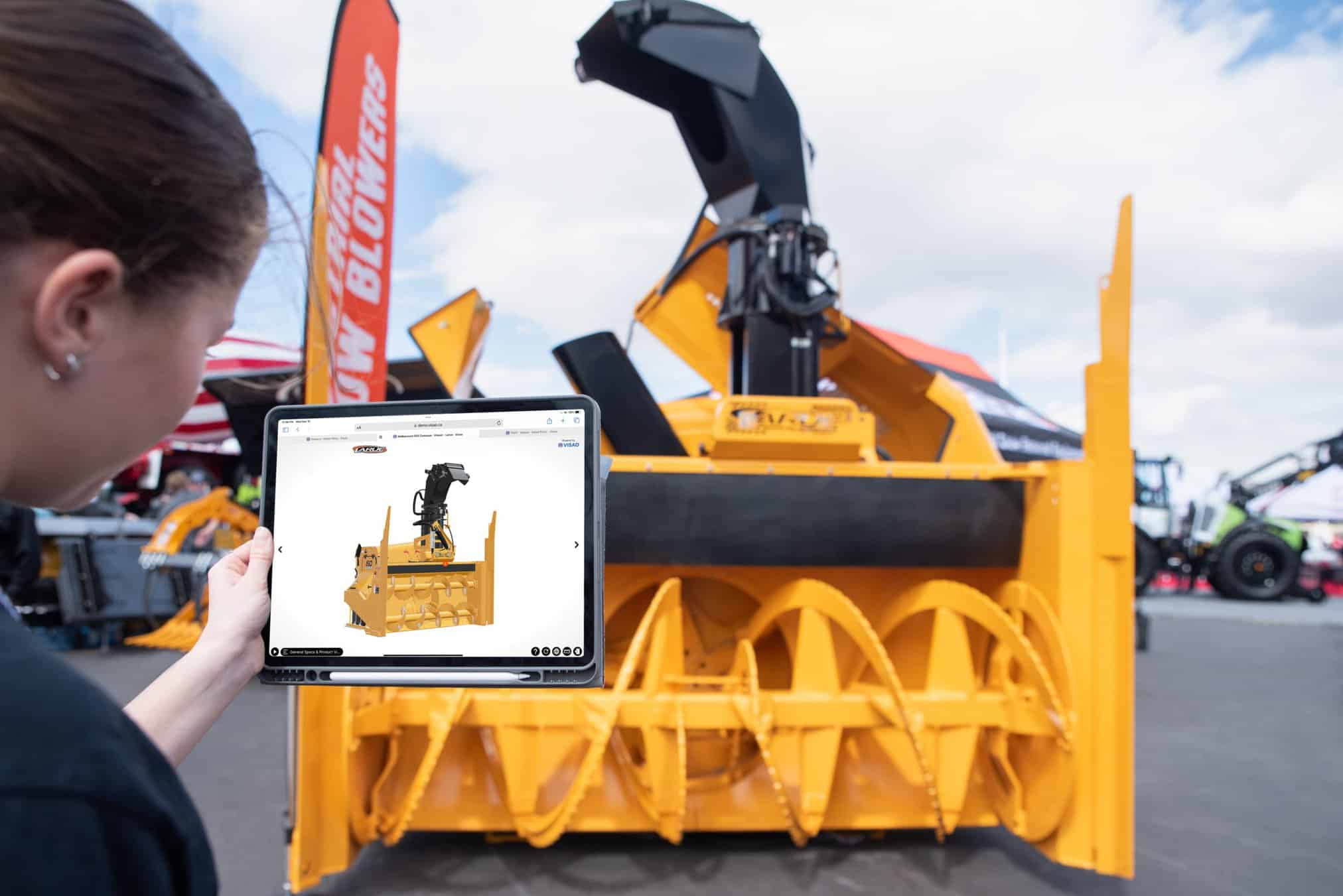What is a Step file?
A STEP file, which stands for “Standard for the Exchange of Product model data file”, is a standardized CAD file used to share designs between CAD softwares. The exchange of product data in this file is in accordance with the ISO 10303 standard put together in 1994 by the ISO committee.
The standard’s official name is “Industrial automation systems and integration – Product data representation and exchange.” The Step format (*.step, *.stp) contains all the information about a 3D design and saves it as a series of text documents. This article will make you learn step file utility, its advantages and disadvantages, and its differences from other neutral CAD formats.

What is a STEP file used for?
Today, with the different CAD systems available, interoperability between different CAD solutions has become more and more essential. This file format is, therefore, commonly used to share CAD data and designs between different CAD programs that cannot read each other operating system’s native files.
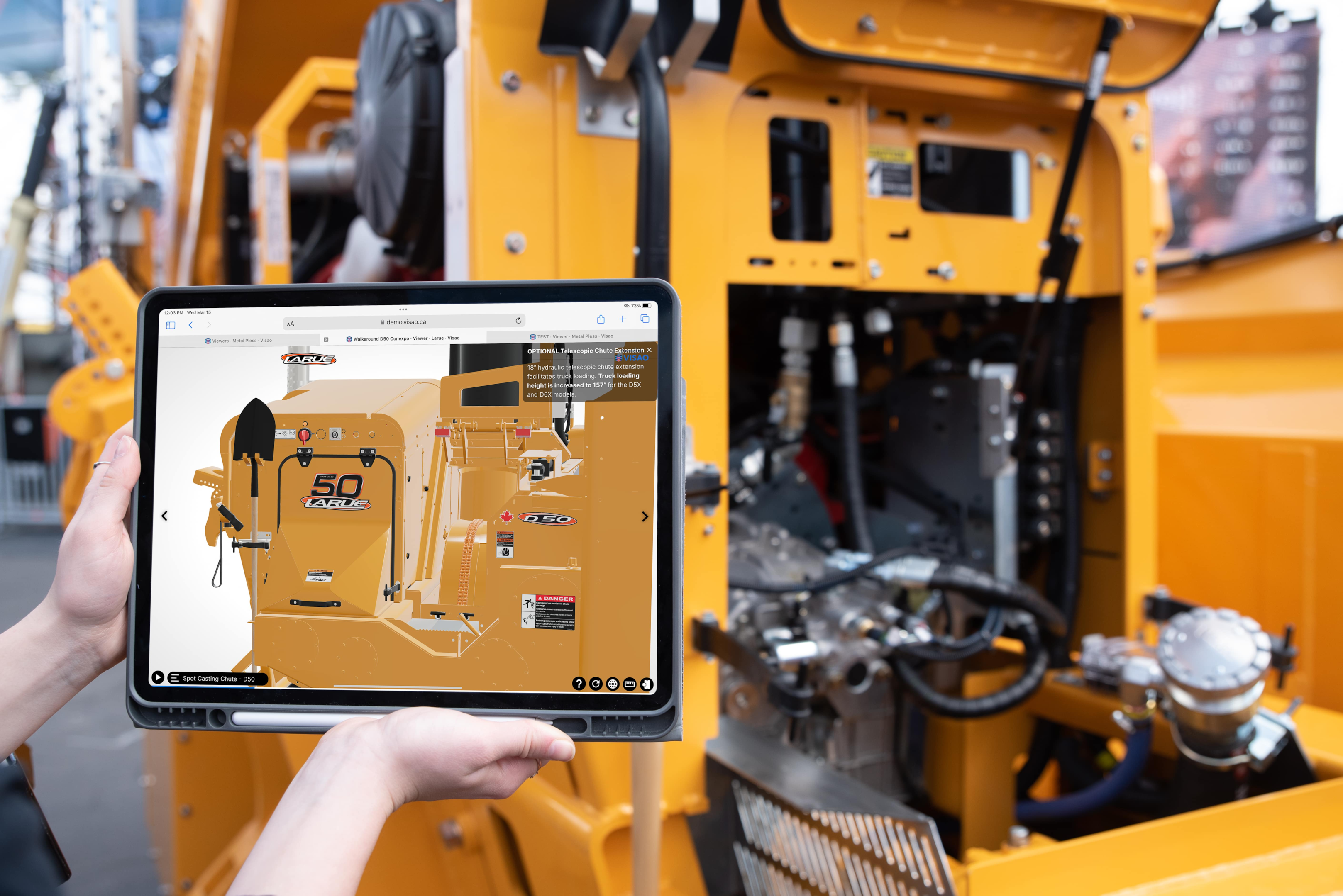
This feature makes the step/stp file an appropriate option for sharing 3D models between customers, other departments, international organization and even contractors.
Moreover, because of its cross-platform nature, step files make editing and collaboration much easier. This is why many applications such as engineering, industrial, prosthetics and 3D printing rely on this format.
What is the main difference between source files and STEP files?
In the realm of Computer-Aided Design (CAD), source files serve a pivotal role in the creation and design of products. These proprietary files are generated in-house using specialized CAD software, and are subsequently shared with other CAD programs via STEP file formats, rather than the native CAD file format.
As it stands, CAD files for home use, such as those saved in .CATProduct format for Catia, cannot be opened seamlessly in other CAD software such as Autodesk. This dilemma is solved by the use of STEP files, which facilitate interoperability between different CAD platforms.
What is the difference between a STP and a STEP file format?
The answer is that there is no difference between a *.step file and a *.stp file. Both are related, interchangeable and meet iso standard exchange format standards. They are simply synonyms.
What is the difference between step file AP203 and step file AP214?
The AP203 file contains information about the geometry and configuration of a solid model. It does not contain information about colours and layers.
In contrast, the AP214 file is an extension of the AP203 file, as it contains information about the geometry and configuration of a solid model, as well as colours, layers and tolerances. It is a more popular file format.
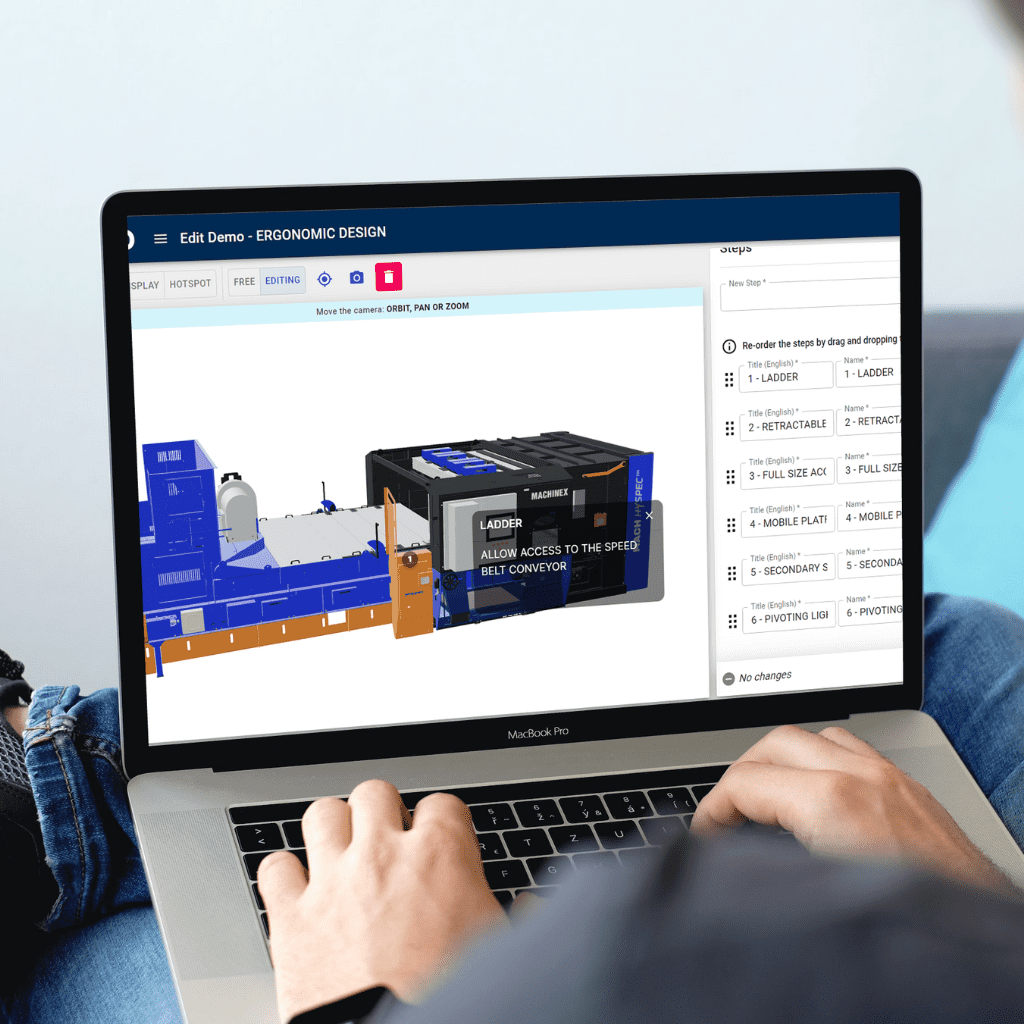
Curious about using our platform?
Discover the ease of creating 3D viewers with Visao’s online platform! Our new whitepaper proves just how easy it is – even for employees with no 3D experience. Don’t just take our word for it, see for yourself!
Is a STP/STEP file a CAD file?
This file format is a standard CAD file. The file can be opened in popular CAD software programs.

What are the most popular step file viewers?
A wide range of Computer-Aided Design (CAD) software programs have the ability to open and export STEP file format extensions, making them a go-to choice for facilitating seamless interoperability between various CAD platforms.
Notably, SolidWorks, AutoCAD, Autodesk Inventor, Catia, PTC Creo, and Onshape are among the most commonly used software programs for producing CAD drawings and generating STEP/STP files.

It’s crucial to ensure that your CAD software is up-to-date with the latest version, as this can affect your ability to open the file.
Moreover, corrupt or virus-infected STEP files can pose a challenge to opening them; however, you can use Google’s VirusTotal page to check for file corruption. By staying vigilant and following best practices, you can ensure a smooth and productive workflow for your CAD design projects.
Can I open step files on Mac?
Yes, it is possible to open the step files on Mac. Use 3D software that works on Mac, such different software programs as Autodesk Fusion 360 and IMSI TurboCAD can open the file easily.
How to export a step/stp file from a CAD software?
It is possible to export a 3D design as a step or stp file format directly into the export or save as tab of various CAD programs. Here are all the detail to export a step or stp file extension used with SolidWorks, Inventor and Onshape.
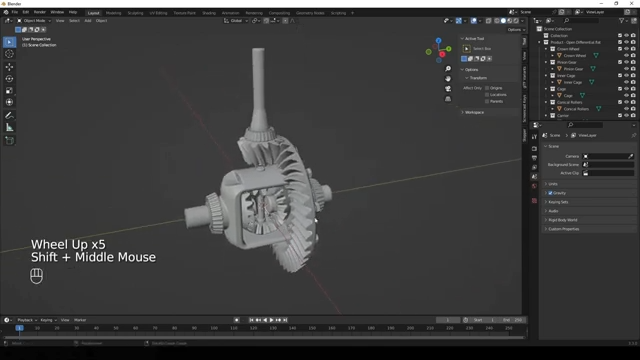
How to export a step file with SolidWorks
- Click File > Save As
- Select the STEP file type for Save as type
- Click OK
How to export a step file with Autodesk Inventor
- Click File > Export
- Select STEP Files for Save as type
- Click OK
How to export a step file with Onshape
- Right click the tab you would like to export
- Click on Export
- Select STEP file for Format
- Click OK
How do step files encode data?
Step files (.step) encode 3D data in the EXPRESS language to store 3D data of a model. For this reason, interpreting a step or stp file is easy because there is only one entity instance per line of code.
In addition, because the step file is ISO-10303-21 (Clear Text Encoding of the Exchange Structure) compliant, each step file is divided into identical sections: header, anchor, reference, data and signature.
The header contains the implementation level, file name and schema, file population, and section context. The data section contains entity instance names, attributes, data type mappings, etc.
In addition, the 3D geometric data is coded as a boundary representation (B-rep), which means that the 3D model data is represented as a collection of closed surfaces. The complete documentation of the STEP standard can be found in the U.S. American National Standards Institute eStore.
Who is responsible for the development of the STEP standard?
The ISO technical committee is responsible for the development and international organization for standardization and management of the step file, and implementation methods which it reviews annually.
How to open step files?
It is possible to open a CAD file in all major computer-aided design software.
The easiest way to open a step file is to first locate the document on your computer. Then simply right-click on the file and select open. From there, you should be able to see it within the CAD software program already installed on your own computer.
By clicking on the program, you should see the step file automatically open in it. Alternatively, it is possible to open step files directly online for free.
How to import a STEP file format in Blender
Can you print a STEP file?
Due to the nature of the file format extension, it is impossible to use it for 3D printing. A Step file extension describes shapes in complex mathematical formulas, making it a very complex and heavy file that 3D printing software cannot handle properly.
It is therefore recommended to convert and use an STL file instead for 3D printing because shapes are organized as a list of 3D triangles and meshes ( and are therefore readable by 3D printing software).
It is also possible to convert a step file into an OBJ (Mesh) for the 3D printer to print the model.
What are the advantages and disadvantages of using step files?
The main advantage of using a step file format is that it is the most common and accepted neutral CAD common file format, and so no matter the industry. Therefore, as mentioned in the previous section above, it makes sharing CAD files on the cloud much more convenient.
However, there are some disadvantages to using step files. For instance, because of its compression, there is some degradation of data quality. It is also important to mention that step files do not include information about materials and textures, only the shape and form of the 3D data.
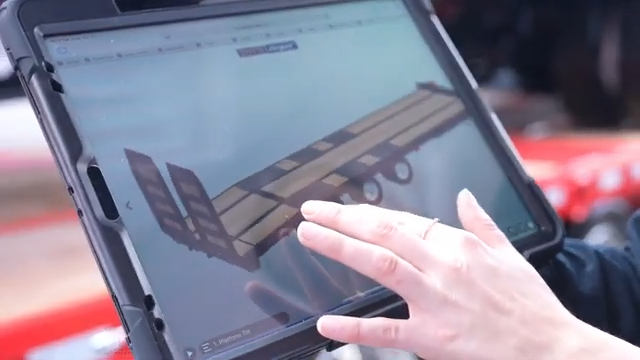
Also, step files do not include lightning and camera data. To include such information, an FBX or a USDZ file has to be used instead. Finally, as mentioned above, it is not possible to directly print a step file.
Moreover, a STEP file contains a lot of information, which demands a lot of time and effort to create. It is also not possible to directly render a step file. The file has to be processed first to create a series of triangles.
What are alternatives to step files?
When it comes to computer-aided design (CAD) file formats, STEP files are widely used for their versatility. However, there are other formats that serve similar purposes. In this article, we’ll explore some common alternatives to STEP files, highlighting their key differences.
STL vs. STP Files
STL (Stereolithography File): STL files are 3D files that contain geometric data about surfaces. Like STEP files, they can be used across various CAD software. However, STL files store data differently. They represent the model as a mesh of triangles, making it ideal for 3D printing. However, they lack information about colors, textures, and attributes, making them less detailed.
OBJ vs. STP Files
OBJ files, like STEP files, can be used on different CAD platforms. One key difference is that OBJ files can include texture and color data, making them suitable for multi-color 3D printers. However, OBJ files are less common, and support for them is limited in 3D design software.
3MF vs. STP Files
3MF is a relatively new open-source file format that can store color and texture information, which STEP files cannot. It uses an XML-based structure and compresses 3D model data. However, it captures the 3D model as a triangular mesh, reducing detail. Note that 3MF files are less commonly used, and not all CAD programs support them.
Want to learn how our client brought their tradeshow experience to another level?
How to convert step files?
Converting STEP files into various CAD formats is a straightforward process. You have two primary options for this conversion:
1. Within a CAD Program:
- If your native CAD software accepts STEP files, you can directly convert them within the program. Simply import the STEP file and then export it in your desired format, such as .dwg, .3ds, .dxf, and more.
2. To Other 3D Formats:
- Alternatively, you can convert STEP files into other neutral 3D formats like .stl, .obj, or .3mf. This can be done in two ways:
- Using a CAD program that accepts STEP files: Similar to the first option, you can import the STEP file into your CAD software and then export it in the desired neutral format.
- Utilizing an online STEP converter: There are free online tools available that specialize in STEP file conversion. Upload your STEP file to the online converter, select the target format, and let the tool do the conversion for you.
These methods give you the flexibility to work with STEP files in your preferred CAD environment or convert them into formats compatible with various applications and 3D printers.

Need help with your step file?
In summary, STEP files are essential for CAD workflows, enabling seamless data exchange between software platforms. At Visao, we leverage STEP files to create engaging 3D visualizations for marketing, sales, and training.
Our cutting-edge web platform transforms STEP files into captivating 3D experiences. To explore the potential of our solutions, request a live demo from Visao today.
